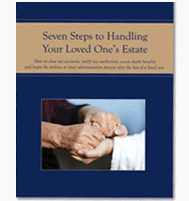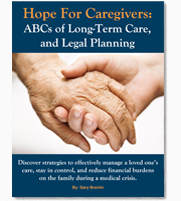Be Organized and Ready When Meeting With Your Bay Area Trust and Estates Attorney
In order to better streamline the California estate planning process, it can be incredibly helpful to do a bit of organizing before meeting with your attorney.
This allows you to feel confident in what you’re doing, as well as minimize the time spent on the task at hand. Both you and your lawyer will benefit from clear, concise communication, and if anything is missing, it will be considerably easier to discover and remedy the situation up front. A Bay Area trust and estates lawyer would advise you to consider all of these things in preparation for your meeting.
First, compile a list of your assets and liabilities. Doing this in advance, rather than waiting to be directed by your estate planning lawyer can save a fair amount of time. Again, if you’ve overlooked something, the attorney will likely be able to point it out, but you won’t have to go through the basics in your meeting time. Some of the assets and liabilities you’ll want to include are:
- Any bank accounts. Having recent statements is a great way to go.
- Investment accounts
- Stocks and bonds
- Life insurance and Annuity policies
- Deeds for properties you own
- Retirement plans
- Business partnerships or LLC interests
- Money owed to you
- Personal effects
- Loans and credit
It is also helpful to determine in advance who will inherit your estate. While an estate planning lawyer in Menlo Park can help you determine candidates, this is a very personal choice. Along similar lines, it makes sense to determine who you would like to take on specific roles in managing your estate. For example, who will you name as guardian for minor children, who do you entrust as the executor of your estate, and who will have your medical power of attorney?
Fortunately, we live in the Information Age, which means that whether you live in Silicon Vally or New York City, you have access to the same information that can help you prepare in advance for a meeting with your estate planning lawyer, rather than having to wait around (and pay for) directions on how to get started. The result is a more streamlined process and a stronger sense of control over the planning of your estate.






